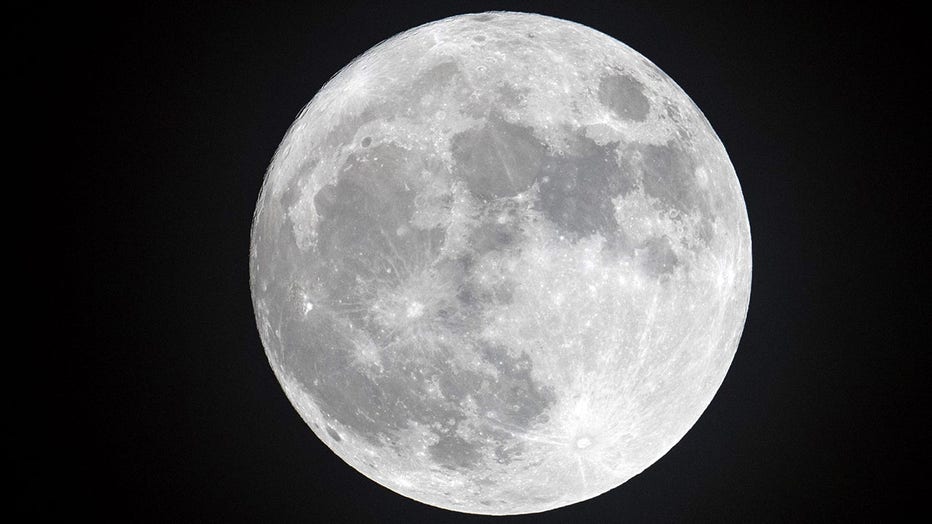Phone home? NASA, Nokia plan first-ever cellular network on moon

NASA unveils Artemis 2 moon mission crew
NASA named the four astronauts who will fly to the moon by the end of next year, including one woman and three men. The three Americans and one Canadian were introduced during a ceremony in Houston, home to the nation?s astronauts as well as Mission Control.
A cellular network may soon be heading to the moon.
Nokia announced that it has partnered up with NASA to build the first-ever cellular network on the lunar surface, paving the way "for a sustainable human presence on the moon."
According to the wireless and network technology company, a 4G communications system will be deployed to the lunar surface sometime this year to develop these technologies.
A lander will install the system at the moon’s south pole and then it will be remotely controlled from Earth.

Clouds clear to allow a view of the moon. (Credit: Matt Cardy/Getty Images)
The contract given to Nokia is part of NASA’s Tipping Point program, which fosters the development of commercial space capabilities to benefit future missions. The 4G network unit is being built by Nokia’s Bell Labs.
NASA plans to leverage these innovations for its Artemis program, which will establish sustainable operations on the moon by the end of the decade in preparation for an expedition to Mars.
RELATED: NASA to send drone-like lander to explore Saturn’s moon, Titan
"It became evident to us that, for any sustained human presence on the moon and Mars in the future, connectivity and communications are critical," Thierry E. Klein, President of Bell Labs Solutions Research, said in an interview. "Astronauts will need the same advanced capabilities that we have on Earth in space to support their activities and run their applications, whether that is enabling voice and video communications capabilities, telemetry and biometric data exchange, sensing applications, or controlling robotics."
The mission duration is expected to last several weeks to prove the network and verify its performance.
"We’ve always had an intense scientific curiosity that has led to some of the greatest innovations and discoveries known to humankind," Klein added. "The teams at Nokia Bell Labs have always found inspiration in the amazing lunar research conducted by the scientific community, and we are very excited to work with NASA and be part of such an important mission."
This story was reported from Los Angeles.

